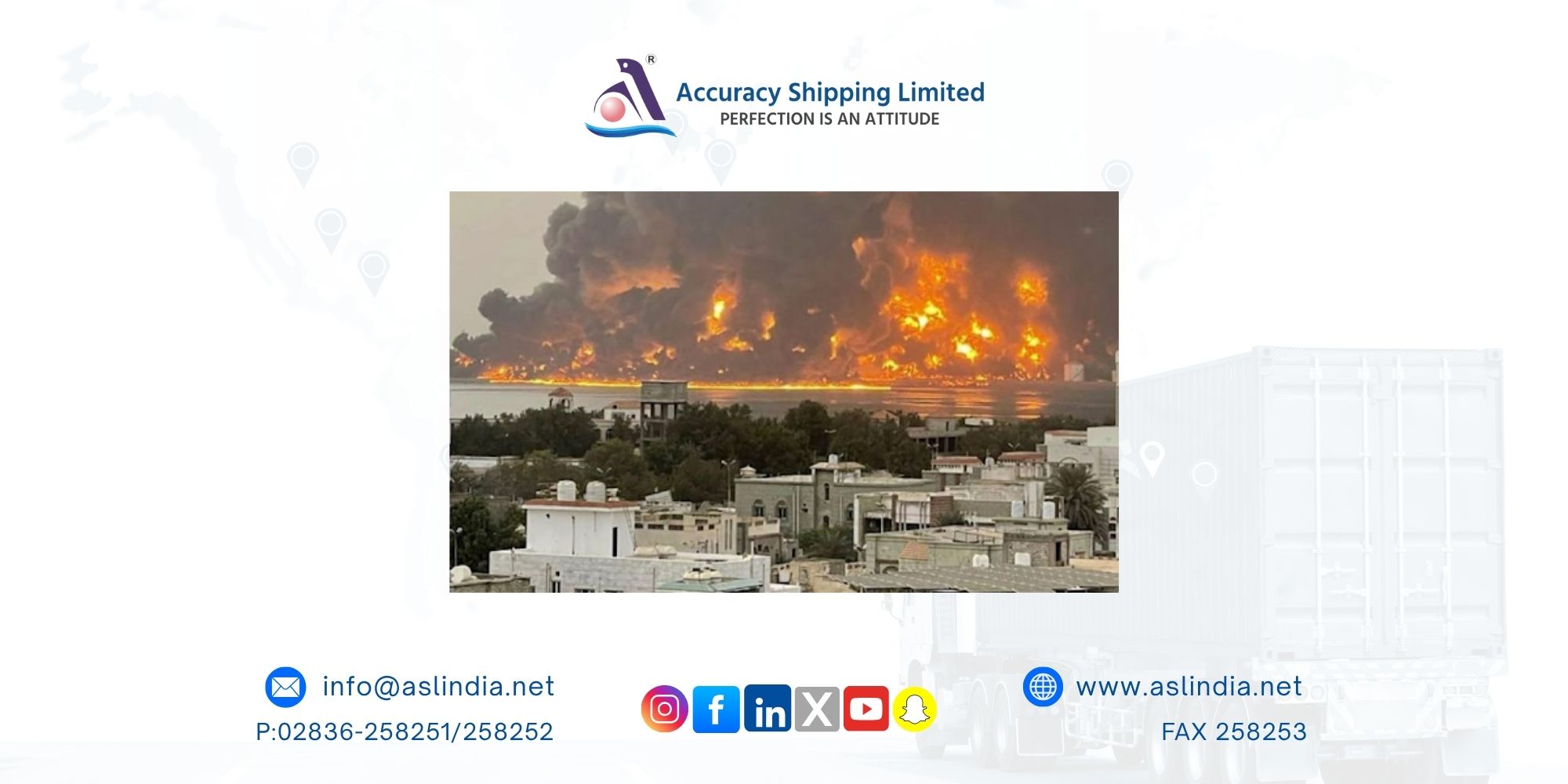Shipping on Edge as Israel and Iran Fight Fire with Fire

Introduction
In a dramatic escalation of Middle Eastern tensions, Israel launched wide-scale airstrikes on Iran early this morning, targeting critical infrastructure including nuclear facilities, ballistic missile factories, and key military commanders. The conflict, which Israel has vowed will continue “as long as necessary,” provoked a swift and fierce response from Iran, which deployed over 100 drones toward Israel and threatened “severe punishment.” This rapidly intensifying conflict has already sent ripples across global markets and the shipping industry is bracing for impact.
Rising Tensions, Rising Risks
While the immediate exchange of fire hasn’t yet directly affected commercial maritime operations, the implications are clear and present. The United Kingdom Maritime Trade Operations (UKMTO) reports no direct targeting of commercial vessels by Iran, but it has issued warnings of possible escalation and indirect threats. Of particular concern is the potential involvement of the Houthis in Yemen Iran’s regional allies who may broaden their attacks in support of Iran, as they have done previously in the Red Sea.
Key Maritime Chokepoints in Danger
The geopolitical tinderbox sits dangerously close to several vital shipping lanes, notably the Strait of Hormuz and Gulf of Oman arteries responsible for a massive share of the world’s energy trade. According to data from Jefferies:
40% of total crude oil trade passes through the region
33% of global LPG
23% of LNG
12% of refined petroleum products
5% of container shipping
3% of dry bulk trade
With military operations intensifying, air defence systems active, and reports of GNSS (Global Navigation Satellite System) interference, maritime navigation could soon become a high-risk operation in this volatile corridor.
Oil and Shipping Markets React
Unsurprisingly, global oil prices have surged as fears grow of a potential blockade or disruption in these key waterways. The impact has already been felt in the tanker markets. Swedish bank SEB remarked that while current conflict may be positive for tankers in the short term, due to higher freight rates and urgent demand, the longer-term outlook is concerning. Higher oil prices and market uncertainty could ultimately reduce global demand and damage trade volumes.
SEB further highlighted a short-term rate boost for LNG and LPG carriers, but warned of longer-term volatility if the Strait of Hormuz a narrow channel through which much of this trade flows faces partial or full closure.
Red Sea Veteran Warns of Repeat Patterns
Lars Jensen, a maritime expert who has closely monitored the Red Sea shipping crisis over the past 18 months, warned of a domino effect that could mirror past disruptions. Speaking via LinkedIn, Jensen said:
“A partial closure of the Strait of Hormuz could see oil prices increasing further and global container lines avoiding the region altogether. This would push transhipments outside the Middle East and heighten congestion risks at Asian ports.”
He also reminded the industry that Iran has a history of targeting commercial shipping, citing the seizure of the 14,000 TEU MSC Aries last year a vessel that remains detained in Iran.
Conclusion: Uncertainty Ahead
As the Israel-Iran conflict unfolds, the global shipping industry stands at a critical juncture. While direct threats to vessels remain minimal for now the risk of regional escalation and collateral disruption is escalating by the hour. Ports, carriers, and energy firms will need to prepare for potential reroutes, delays, and cost spikes, while geopolitical observers watch nervously for the next move in this high-stakes confrontation.
Whether or not the Strait of Hormuz remains open will determine not just the future of oil prices, but the stability of global supply chains in the weeks to come. The world is watching and shipping is holding its breath.







